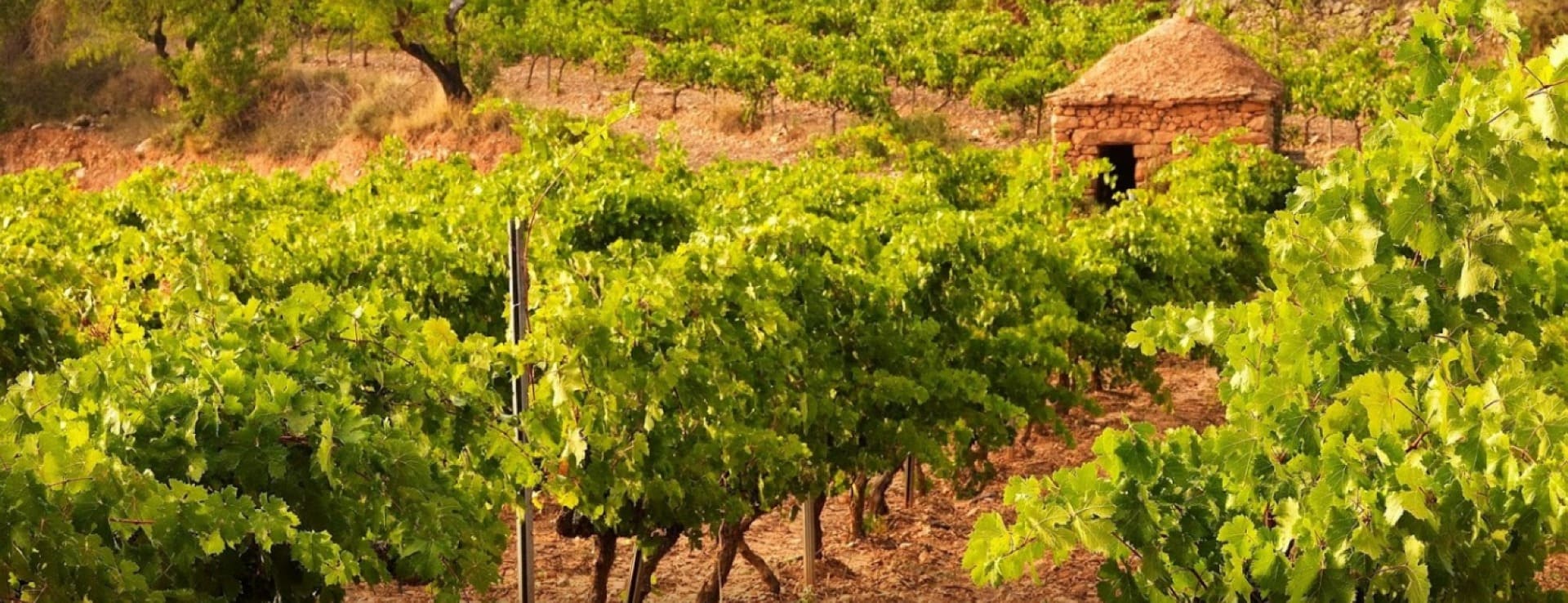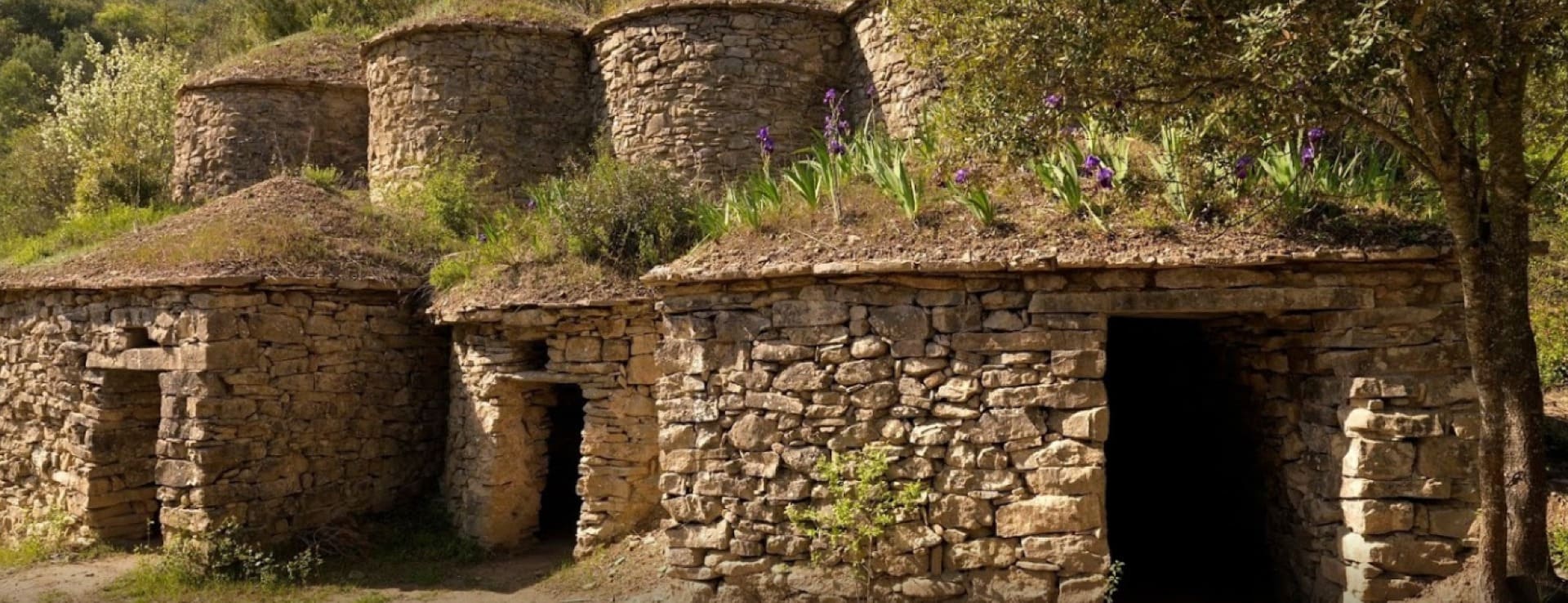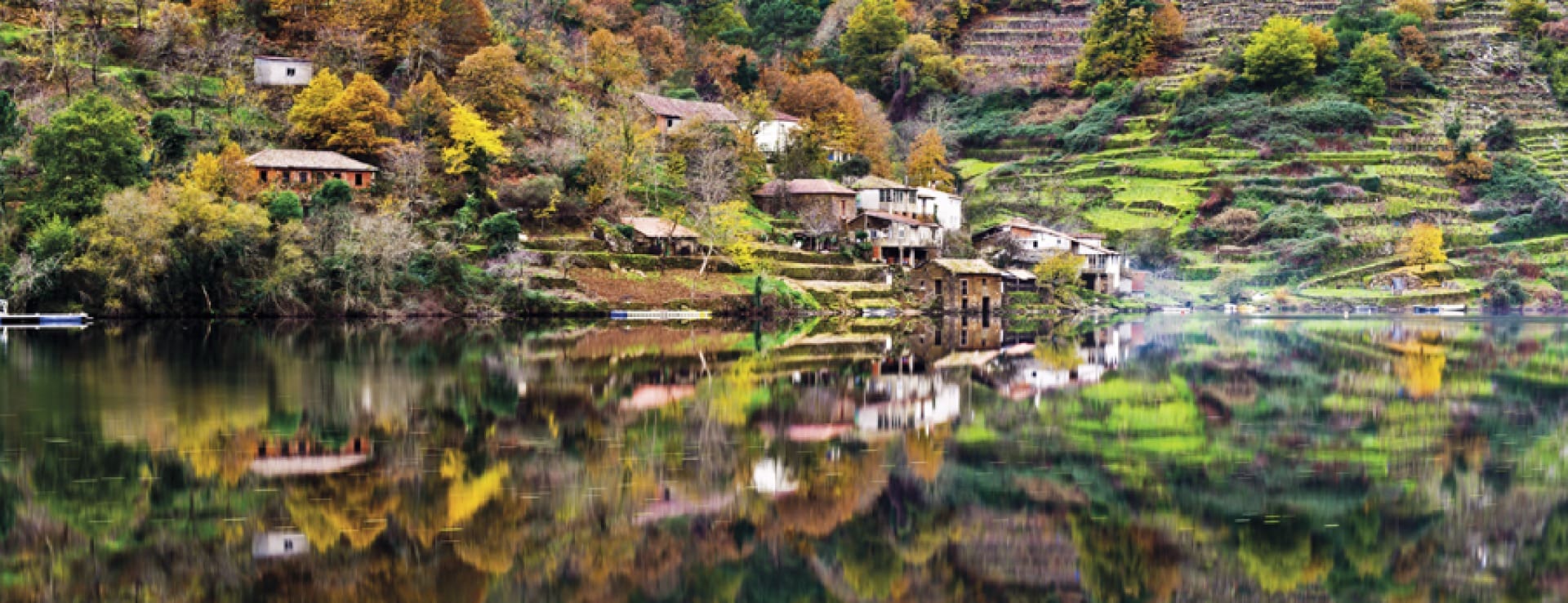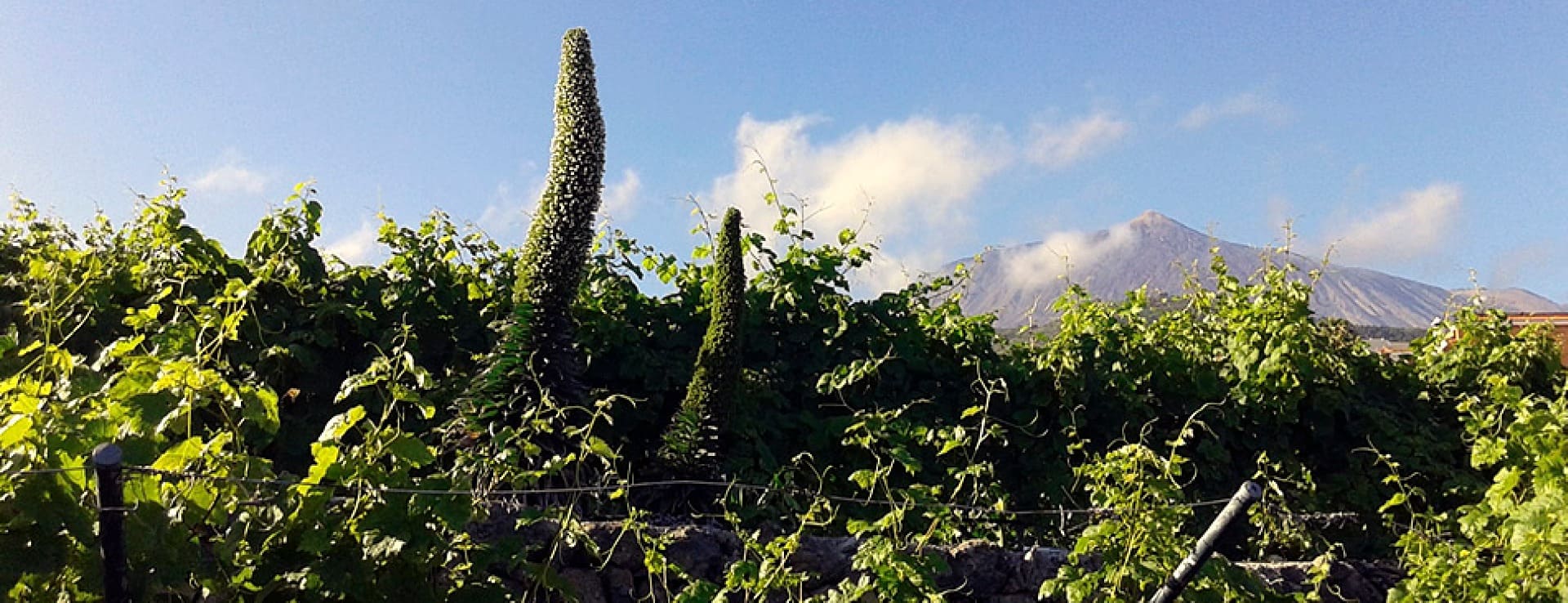Find your winery or vineyard
Infographic of the Denomination of Origin
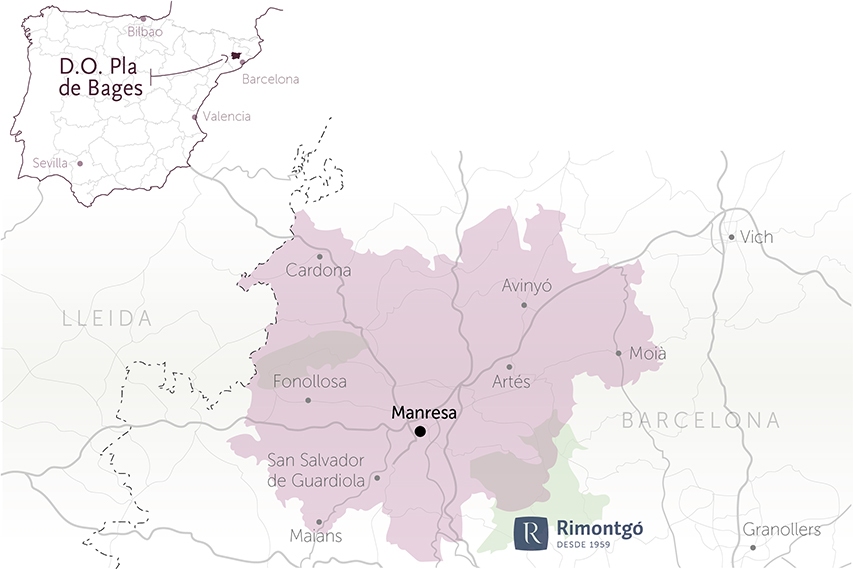
Change to imperial units (ft2, ac, °F)Change to international units (m2, h, °C)
D.O. year of foundation:
1995
Number of wineries (2017):
13
Total surface area:
550 ha1.359 ac
Maximum production allowed:
10.000 kg/ha8.921 lb/ac
Altitude of the vineyards:
Min: 200m
Max: 500m
Min: 656ft
Max: 1.641ft
Temperature:
Min: -10º
Max: 35º
Min: 14°F
Max: 95°F
Yearly hours of sun:
2.582
Yearly rainfall:
550 l/m251 l/ft2
DO Pla de Bages
LOCATION AND HISTORY
The Designation of Origin Pla de Bages carries the name of the region where it is found and includes vineyards from 18 different towns. The cultivations are mainly found in the valleys of the river Llobregat and its tributaries. The most important bases are in the cities of Manresa, 70km northwest of Barcelona, and Artes, east of the capital.
SOILS
There are two different types of soil in this region. On the one hand, there are alluvial soils of clay and sand in the central plain called Pla de Bages, which is around 200m. The soils with the highest content of carbonates and loam and limestone outcrops are located in the north, in Alt Bages, a peripheral plateau of about 500m.
CLIMATE
The climate of the area is Mediterranean but with strong continental influences because of its internal position. As a result, there is less humidity, the summers are hot and the winters are colder than in areas near the coast. There are also wide variations in temperature between night and day. The average rainfall is between 500-600mm.
TYPE OF GRAPE
The Bages grapes are a local mix of red and white, like the Garnacha mixed with the Ull de Llebre, or Tempranillo and Picapoll. However, new types have been introduced in recent times such as the Macabeo, Parellada, Chardonnay, Cabernet Sauvignon and Merlot. They are also carrying out the first tests with Syrah and a large part of the region is already dedicated to the production of Cava. The modern plantations are trained with wire and the planting density varies between 2,000 and 4,500 vines per hectare.
Discover more wineries and vineyards for sale in these wine regions in Spain
Subscribe to our mailing list to receive news about wineries and vineyards.

